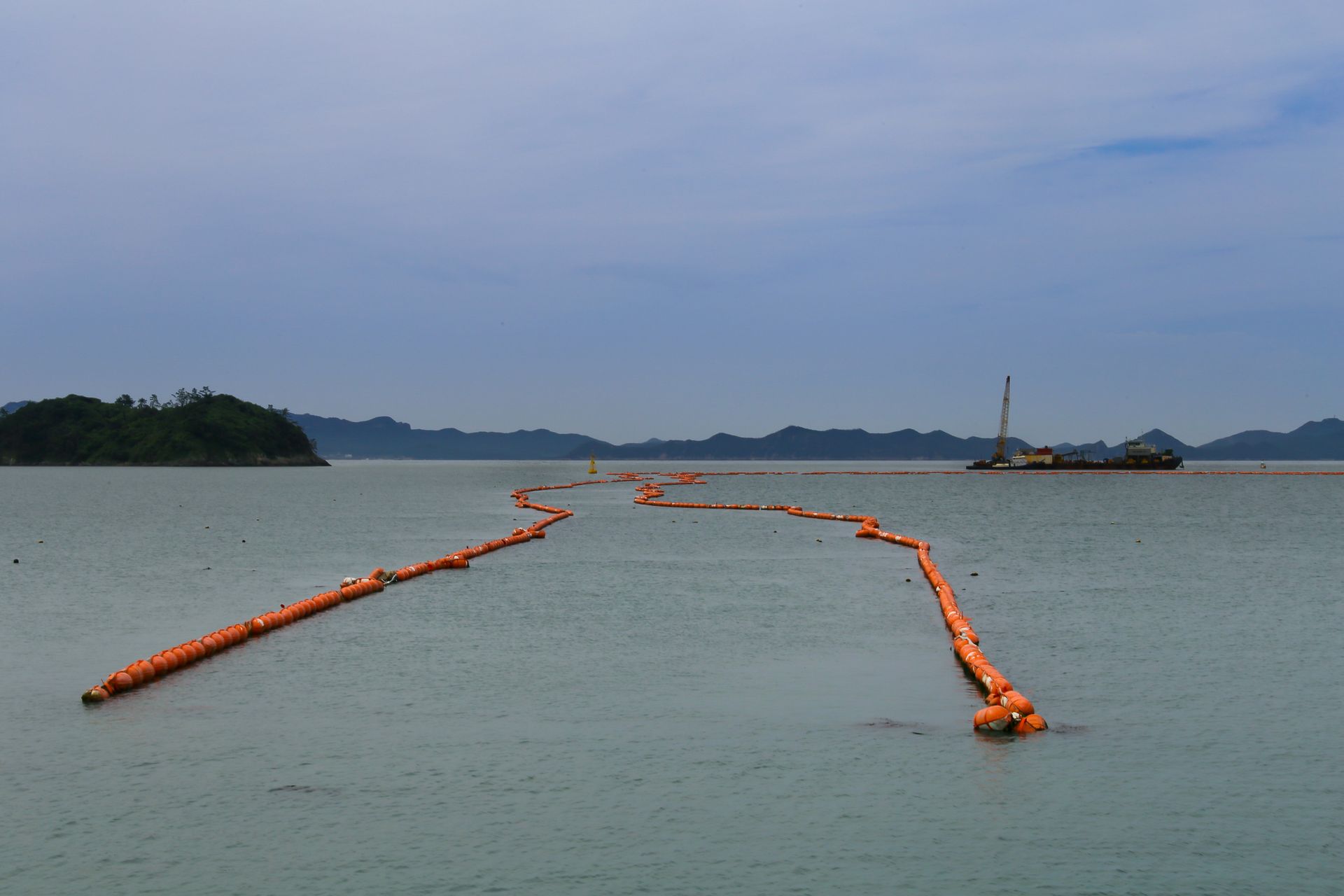The US Clean Water Act prohibits individuals and facilities from discharging harmful pollutants into public waterways without a proper permit from the U.S. Environmental Protection Agency (EPA).
This act aims to reduce the threat of pollution to public waterways and preserve the health of surrounding ecosystems of pollutant discharge.
For facilities that need to discharge waste into waterways, they need to apply for a special permit from the EPA or State Specific Authority that does not operate under EPA, known as an NPDES permit.
This permit differs between facilities and limits how much pollutants a facility can discharge into a public water source. Therefore, applying for an NPDES and managing pollutants are an essential part of your SWPPP plan.
To help you better understand how the NPDES permit works, we’ve provided this brief guide to help you understand the basics of an NPDES permit and its requirements to remain compliant with federal law.
What is an NPDES Permit?
Under the Clean Water Act, all facilities must obtain a National Pollutant Discharge Elimination System permit to discharge pollutants or waste materials into public water systems inside the United States.
According to the EPA, “An NPDES permit will generally specify an acceptable level of a pollutant or pollutant parameter in a discharge.”
In essence, the NPDES permit determines how much pollution discharge a facility can empty into a ‘point of source’ that enters a public waterway. In some cases, an NPDES permit may provide best management practices to limit the amount of pollution, but most permits give facilities lots of flexibility in this area.
However, to understand what is covered and restricted under an NPDES permit, it’s important to understand what the FDA and Clean Water Act define as a ‘point of source’ and ‘pollution.’
According to federal law, a point of source includes any of the following: Let’s add a few more construction-based point sources here:
- Pipes
- Storm drain facilities
- Conduits
- Containers
- Ditches
- Channels
- On-site ponds
- Tunnels
Generally, anything that discharges water into a public waterway could be considered a point of source. However, it’s important to note that legally, stormwater runoff from agricultural fields is not considered a point of source.
In addition, pollutants that are restricted under the Clean Water Act include:
- Sewage
- Sewage sludge
- Garbage
- Dredged soil
- Solid waste
- Incinerator material
- Chemical discharge
- Munitions
- Discarded equipment
- Rocks, sand, and dirt
- Agricultural, industrial, and municipal waste
- Biological materials
- Radioactive materials
- Heat
Additionally, public waterways are defined as any navigable waters, interstate and intrastate waters, tributaries, and water out to 200 miles from the coast of the United States.
Do I Need an NPDES Permit?
Yes, you need an NPDES permit if you discharge any waste materials into a public waterway, such as a river or stream. On the contrary, an NPDES permit is not required to discharge waste into a municipal sewer system.
However, it’s essential to contact your local municipal authority to determine whether or not local permits are required or dumping is permitted.
NPDES Permit Requirements
All facilities are required to provide the EPA or proper state authorities with a sample of their discharge before they are approved for a permit. Using this sample, the FDA will determine proper limits based on existing technology and water quality to find a suitable solution for your facility and the surrounding environment.
In addition, NPDES compliance typically involves a thorough review, which involves compliance with several other laws, including the Endangered Species Act, Coastal Zone Management Act, Fish and Wildlife Coordination Act, etc.
Under the NPDES permit, the EPA and all empowered state agencies are authorized to enforce NPDES permit requirements by any means necessary. This oversight includes financial penalties and civil or criminal litigation against those who violate federal law.
How Do I Apply for an NPDES Permit?
To apply for an NPDES permit, you need to contact a qualified state agency. Not all states are certified to distribute NPDES permits, including New Mexico, Maryland, New Hampshire, and Massachusetts.
Several states are only partially authorized, so NPDES permits will vary between states. To see which states are fully authorized click here.
How Long is an NPDES Permit Good For?
The EPA issues NPDES permits for up to five years at a time. This permit covers all waste materials granted on the permit and does not grant additional waste materials. It is possible that State-Specific agencies can adapt less than five-year renewal practices.
Due to permit backlogs, it’s generally recommended that facilities apply for a new permit at least 180 days before the expiration of their current permit period.
What’s the Difference Between an Individual and General NPDES Permit?
Individual permits are granted to individual dischargers and reflect site-specific pollutants and requirements. On the other hand, general permits apply to a collection of dischargers and typically have pre-set pollution guidelines that facilities can apply for to be covered.
Whereas general NPDES permits are quicker and already established, individual permits require a longer review period and special considerations.
Applying for an NPDES permit can be time-consuming, and ensuring proper compliance can be difficult without a proper plan in place. Fortunately, the experts at Path Light Pro can help you apply and manage all NPDES permits.
Our environmental consultants will help you procure proper samples for an NPDES permit and follow federal law to the letter to ensure proper compliance.

